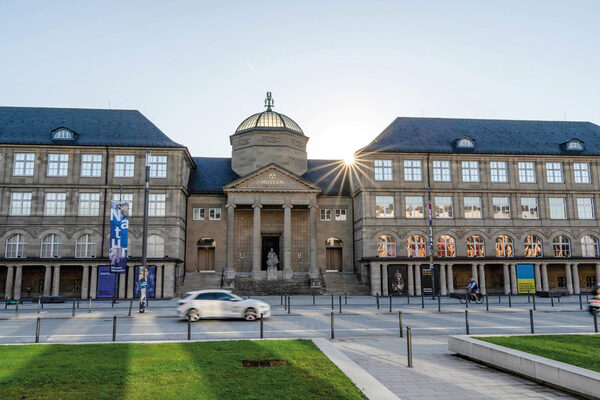Museum Wiesbaden
From prehistory to the present day - the Museum Wiesbaden is the state museum for art and nature in the Hessian state capital.
The exhibits at the Museum Wiesbaden range from prehistoric times to the present day and are divided into the Old Masters Collection, Classical Modernism, Modern and Contemporary Art and the Natural History Collections. The three-winged museum building was built between 1912 and 1920 according to plans by architect Theodor Fischer. Following extensive refurbishment, the museum has been presenting its collections on 7,000 square meters of exhibition space since May 2013 in a tour that aesthetically combines the contemplation of art and nature.
The Wiesbaden museum collections were founded thanks to civic commitment in the early 19th century. The basis of the collections can be traced back to the collecting activities of the private collector Johann Isaac Freiherr von Gerning dating back to the 18th century. Following a suggestion by Johann Wolfgang von Goethe, who was staying in Wiesbaden for a cure, the Gernings' works of art, antiquities and natural objects were acquired by the state of Nassau and initially made accessible to the public in the palace of the Nassau hereditary prince.
